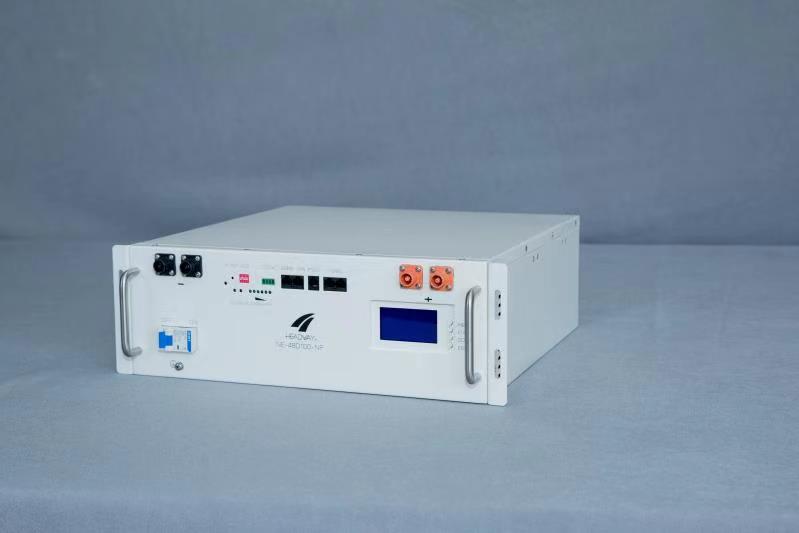 |
Welcome To Evlithium Best Store For Lithium Iron Phosphate (LiFePO4) Battery |
 |

Lithium-ion (Li-ion) batteries power a multitude of devices in our daily lives due to their high energy density. To maximize their lifespan and ensure safety, it's essential to avoid common charging mistakes. Here are five crucial practices to follow when charging lithium-ion batteries.
Using Compatible Chargers: Charging lithium-ion batteries with incompatible chargers can result in irreparable damage. Unlike lead acid batteries, Li-ion batteries require a specific constant voltage and current for effective charging. Using the wrong charger may lead to fires, explosions, and property damage. Always refer to the safety instructions provided by the battery manufacturer and use only the original charger recommended.
Preventing Overcharging: Contrary to popular belief, lithium-ion batteries can be overcharged, leading to potential hazards. Overcharging can cause lithium metal deposits to form, posing a risk of short-circuiting and generating intense heat. While most batteries have built-in safety features, it's crucial to follow the manufacturer's instructions to prevent overcharging, indicated by signs such as swelling, leaks, excessive heat, smoke, or performance loss.
Avoiding Improper Discharging: Allowing a lithium-ion battery to remain uncharged for extended periods can result in permanent damage. Excessively deep discharges can affect internal metal plates, rendering the battery useless and hazardous. Built-in protective features in Li-ion batteries maintain specific voltages to prevent overcharging and deep discharging. A battery management system (BMS) in advanced systems ensures safe voltage levels and prevents damage.
Charging in Optimal Conditions: Li-ion batteries are sensitive to temperature, and charging them in hot environments can lead to thermal runaway reactions, causing fires or explosions. Charging should be done in suitable environments to ensure safety and longevity. Additionally, avoiding exposure to water beyond the protective seal is crucial, as it can lead to chemical reactions and extensive damage.
Discontinuing Use of Swollen Batteries: Swelling in lithium-ion batteries indicates the end of their life cycle due to various factors. Continued use of swollen batteries poses risks, from damaging the device to releasing toxic gases or even explosions. Recognizing and discontinuing the use of swollen batteries is crucial. Discharge the battery fully, safely remove it, and dispose of it at an appropriate recycling facility.
Conclusion: By avoiding these common mistakes and following best practices, you can significantly extend the life of your lithium-ion batteries, ensuring the safety of yourself, your devices, and the environment. Regularly check for signs of overcharging, avoid incompatible chargers, and prioritize optimal charging conditions to make the most out of your Li-ion batteries.
Edit by editor
All Rights reserved © 2025 Evlithium Limited